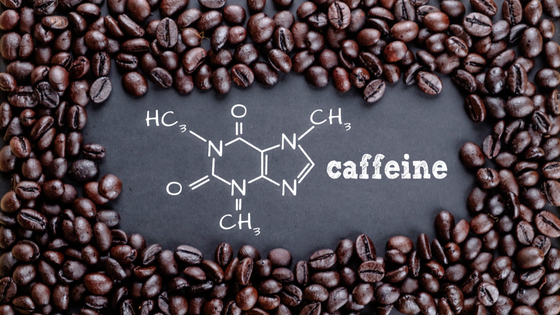I'm going to post an outline of what the research says, and what we figured out, scaled down for laymen. This is to get it into public domain, and for general interest.
This is a picture of a cell.
The purple blob in the middle is the nucleus. That's where the DNA is.
The DNA is a very long single molecule, made up of repeating bits stuck together. Like a chain of Legos. Such a structure is called a "Polymer" .
If we were to take out the DNA from one of our cells, and stretch it out, it would be 1.5 km long. And it's all code, at a very very tiny molecular level. So there's a LOT of code.
Back in the 50's a lady scientist named Rosalind Franklin crystallized DNA, and took X-Ray pictures of it, and worked out how it was put together. She died of cancer related to the X-ray work, and never got the credit, which went to Watson & Crick. They went on to get a Nobel. And one of them lectured to my dad, using a bike chain to demonstrate a double helix, in Canada where he studied. So, dad knows this stuff better than me.
Everybody knows about that double helix today. But in case you do not, here it is.
The body has to keep the DNA code intact. In every single cell. The code takes incoming damage and develops up to 1,000,000 errors per day, along the length. The repair systems have to get that fixed, within seconds or even less time, per error, or we die.
There are different kinds of breaks that the helix can suffer, but for simplicity, we can split it up into 2 major categories:

Here's a ladder.
If we unwind the DNA, that is what we get. The breaks occur either in the steps, or the long vertical bars.
The problem we have is not is the steps, but in the long backbone. So there are basically 2 kinds of those:
Now I got to go fix some bloke's eye, and will explain more later. But in Parkinson's, there's a mix up between the 2 kinds of repairs for these breaks, that causes the disease.
This is a picture of a cell.
The purple blob in the middle is the nucleus. That's where the DNA is.
The DNA is a very long single molecule, made up of repeating bits stuck together. Like a chain of Legos. Such a structure is called a "Polymer" .
If we were to take out the DNA from one of our cells, and stretch it out, it would be 1.5 km long. And it's all code, at a very very tiny molecular level. So there's a LOT of code.
Back in the 50's a lady scientist named Rosalind Franklin crystallized DNA, and took X-Ray pictures of it, and worked out how it was put together. She died of cancer related to the X-ray work, and never got the credit, which went to Watson & Crick. They went on to get a Nobel. And one of them lectured to my dad, using a bike chain to demonstrate a double helix, in Canada where he studied. So, dad knows this stuff better than me.
Everybody knows about that double helix today. But in case you do not, here it is.
The body has to keep the DNA code intact. In every single cell. The code takes incoming damage and develops up to 1,000,000 errors per day, along the length. The repair systems have to get that fixed, within seconds or even less time, per error, or we die.
There are different kinds of breaks that the helix can suffer, but for simplicity, we can split it up into 2 major categories:
- breaks in the crosslinks ( the base pairs)
- breaks in the backbone ( the "rails" of the helix)

Here's a ladder.
If we unwind the DNA, that is what we get. The breaks occur either in the steps, or the long vertical bars.
The problem we have is not is the steps, but in the long backbone. So there are basically 2 kinds of those:
- One side break
- Two sides break
Now I got to go fix some bloke's eye, and will explain more later. But in Parkinson's, there's a mix up between the 2 kinds of repairs for these breaks, that causes the disease.

